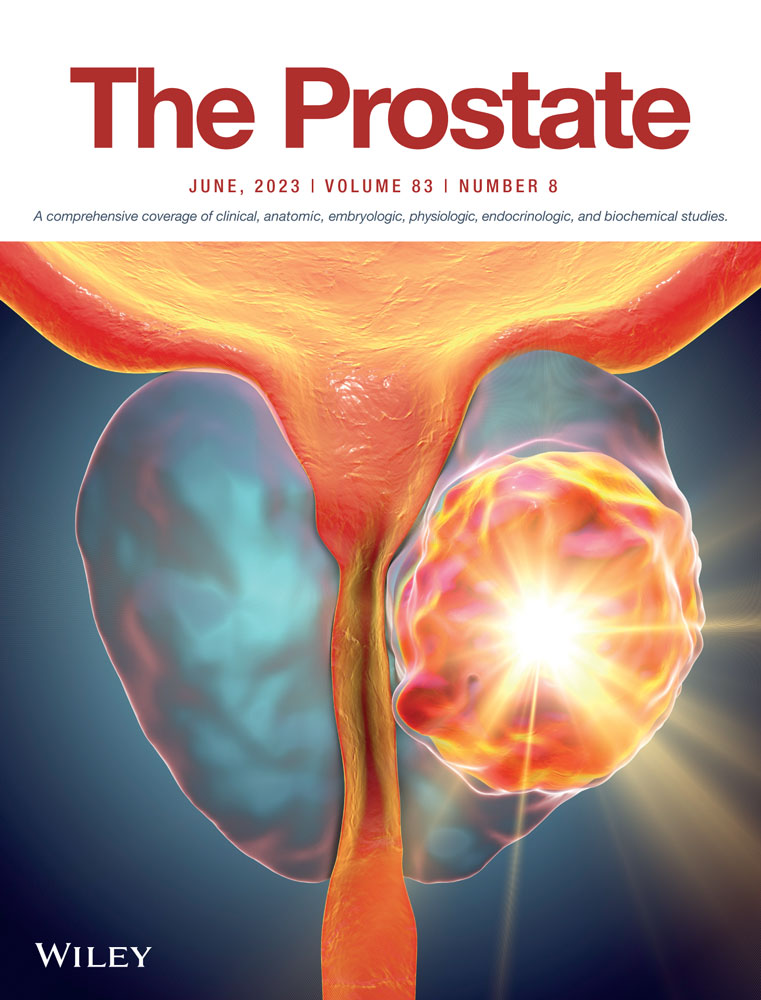Postoperative functional and cancer control evaluation of conventional and Retzius-sparing robot-assisted radical prostatectomy: Comparison of selected cases by propensity score matching
Abstract
Aim
Although many reports have shown that Retzius-sparing robot-assisted radical prostatectomy (RS-RARP) is effective for postoperative urinary continence, the postoperative voiding status and sexual function associated with this technique have not yet been adequately compared with those associated with conventional RARP (C-RARP). In this study, the lower urinary tract function, erectile function, and cancer control after C-RARP and RS-RARP were compared chronologically.
Materials and methods
We selected 50 cases of C-RARP and RS-RARP each by propensity score matching and evaluated them over time using various questionnaires. Urinary continence recovery rates and biochemical recurrence (BCR)-free survival rates were calculated using the Kaplan–Meier method and compared between the two groups using the log-rank test.
Results
When urinary continence was defined as 0 pads per day, 0 pads per day + 1 security linear, or ≤1 pad per day, the postoperative improvement in urinary continence was better with RS-RARP over the course of up to 1 year for all definitions. The International Consultation on Incontinence Questionnaire-Short Form total scores and the Overactive Bladder Symptom Scores were better in the postoperative RS-RARP group. There were no significant differences in the International Prostate Symptom Score total score, QOL score, and erectile hardness score between the two groups during the observation period. The BCR-free survival did not differ significantly between the two groups
Conclusions
Postoperative urinary continence was better in the RS-RARP group than in the C-RARP group; however, the voiding function, erectile function, and cancer control did not differ significantly.
CONFLICT OF INTEREST STATEMENT
The authors declare no conflict of interest.
Open Research
DATA AVAILABILITY STATEMENT
All study data are available from the corresponding author upon reasonable request.




